British weekly photographic magazine Amateur Photographer last month published a retrospective review of the Leica Digilux 2. It has become, AP rightly says, a digital classic. And it isn’t the only classic in the Leica range.
The ground-breaking compact Digilux 2, manufactured in cooperation with Panasonic, was the forerunner of the current D-Lux series. It combined a superb high-performance and fast Summilux lens combined with a then-respectable 5MP 2/3 sensor.
Launched in 2003, it was a milestone camera for Leica, coming as it did some four years before the first M digital, the M8, and six years before the first full-frame Leica digital, the M9.
First classic
The Digilux 2 was something of a triumph for Leica in its day. It certainly looked like a Leica and is decidedly more handsome than its Panasonic LC1 sibling. And it is the first Leica digital that deserves the tag of classic.
I’ve been banging on about this for years. I believe that certain Leica cameras, assisted by the brand name perhaps, are candidates for collecting. In 2013 I owned a Digilux 2 for a time, mainly to write this short review. It was already ten years old but still had a faithful following. Foolishly, for no real reason, I sold it on and now wish I hadn’t. But, as a candidate for nurturing as a collectable, the Digilux 2 is top of the list.
Received wisdom has it that no digital camera can be a classic because electronics gradually wear out and there is little repair prospect. While a film camera is largely mechanical and can be repaired, as is the case with almost any Leica film camera from the early 1930s onwards, collectors are wary of the real possibility of ending up with an expensive paperweight when they consider buying an older digital.
The Digilux 2, though, is still loved and I know a couple of owners who keep two, one for spare parts in case the primary camera needs a tweak or two. Old it may be, but nothing can be taken away from that wonderful Summilux lens.
Any old M
There is always a buyer for a used Leica digital, even after 18 years as in the case of the Digilux 2. Any M digital is worth a punt, even the M8 which has the known problem of the so-called coffee staining on the rear screen. You can live with it, although there are no stocks of replacement screens. But it’s still usable and, again, I know owners who swear by this 13-year-old design.
The M8 is unique among M digitals in not being full-frame; instead, it has an APS-H size sensor with a crop factor of 1:1.33. It is thus larger than APS-C but falls short of the 1:1 full-frame size. As a result, the focal length of M lenses is nominally increased by 1.33x. It’s one reason the little 28mm Elmarit enjoyed a new lease of life in 2008 because it stood in for the popular 35mm focal length.
But the arrival of the full-frame M9 in September 2009 set the Leica world alight. For the first time, the classic M rangefinder had been combined with a full-frame sensor. It became the last M to feature a CCD sensor, without live view, and many aficionados still claim that the CCD is the one to go for.
Monochrom demand
But from the M9 onwards, there is a ready market for the digital rangefinders which have retained their value much better than DSLRs from the same period. Leica Monochroms, in particular, are sought after, from the original 2012 version onwards.
But back to the topic of Leica classics. The Digilux 2 definitely fits the bill. It’s a fun camera to use and, once you get your head around the small sensor and rather rudimentary electronic viewfinder, it is still capable of producing good results. It’s no light monster, of course, with its ISO 400 maximum, but in the right conditions this is still a great little camera. It’s a chunky little beast, though, and the depth will shock anyone used to a modern digital equivalent.
There are other contenders for digital classic. Macfilos has been boring for years on the subject of the X1, Leica’s first real attempt to produce a small, compact camera with a fixed lens of 36mm. It preceded the more successful Fuji X100 series of cameras, but it has timeless appeal and continues to produce images that can stun.
Yet all these desirable Leica models of yesteryear are likely to be eclipsed by the camera of the teens decade, the Q. When introduced in 2015, the Leica Q was seen as a bit of a gamble. Following in the fixed-lens footsteps of the APS-C X1 and X100, it introduced the full-frame sensor but widened the focal length of its only competitor, the Sony RX1, to 28mm. Many people thought that was a widening too far, and condemned the camera out of hand because of this. They didn’t realise, though, that thanks to the smartphone, 28mm was about to become the new go-to focal length.
Much to the surprise of everyone, including Leica I imagine, the Q has turned out to be a blockbuster. It is the most successful digital camera the company has ever produced. With its derivative Q-P, Q2 and Q2M models, the Q brand is now firmly established. I love my Q2 and, although I own a digital M body, I seldom now use it for any focal length under 50mm. The Q is just so handy to pick up and carry for the day. It never fails to impress with the quality of its output.
There is another reason why this camera will become a classic—price. Currently, a new Leica Q costs under £4,400 in the UK. That’s a chunk of dosh, of course, but it is Leica dosh which exists in a parallel universe to other dosh. However, when you compare it with the £12,000 you would need to spend on an M10-R and 28mm Summilux, it begins to make sense.
The Q2 is cheaper than the M lens, never mind the camera. I know you could argue that the 28mm Summilux-M is a better lens. It is. And it is faster, at f/1.4, than the Q2’s f/1.7. But it ought to be, at a price. The fact remains that the Q2’s lens is as much as you probably need; it is a wonderful optic and so versatile, with its easy switch between AF and MF and that truly excellent macro function. It is also marvellously comfortable to focus manually if you wish.
All this serves to create an enduring niche for the Q and Q2. It is a complete, well-rounded package that will stand the test of time. And, because of all these factors, the percentage depreciation will be much less than with almost any other camera on the market. That’s true even if you buy new. But the Q has been on the market now for nearly six years. You can pick up a good used example for under £2,000, perhaps a little more if you want the protection of buying from a reputable dealer.
The Q will hold its value better than other volume-produced Leicas. It will still be around in ten years’ time and is already attracting a cult following. Mark my words. The Q is likely to be the most classic of all Leica digital classics.


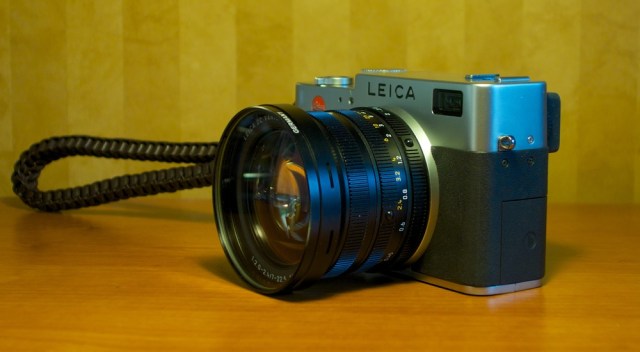


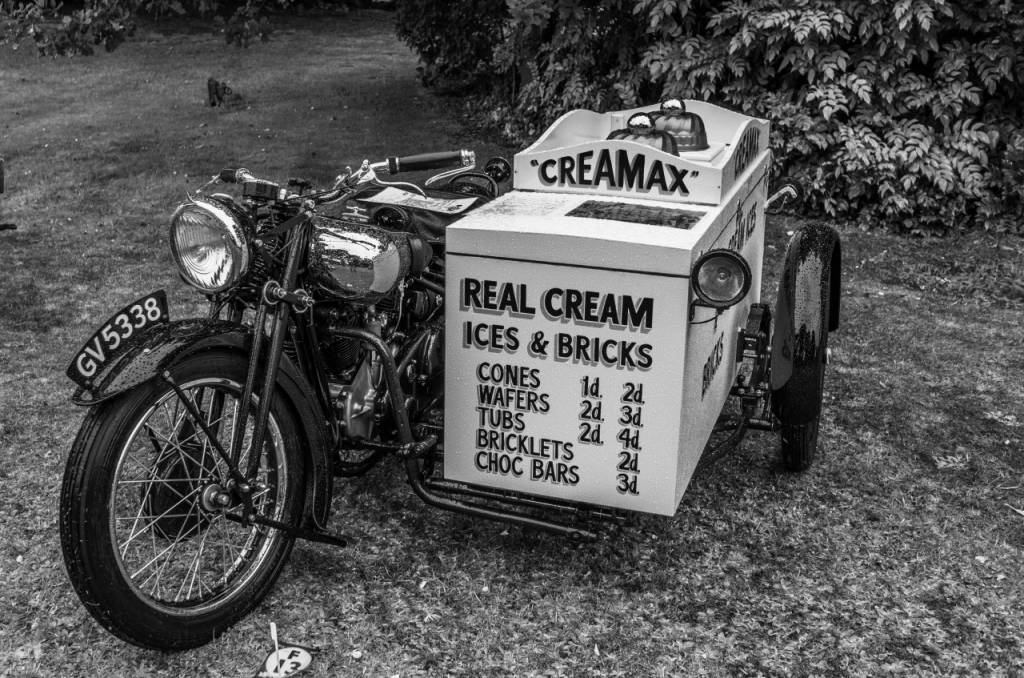
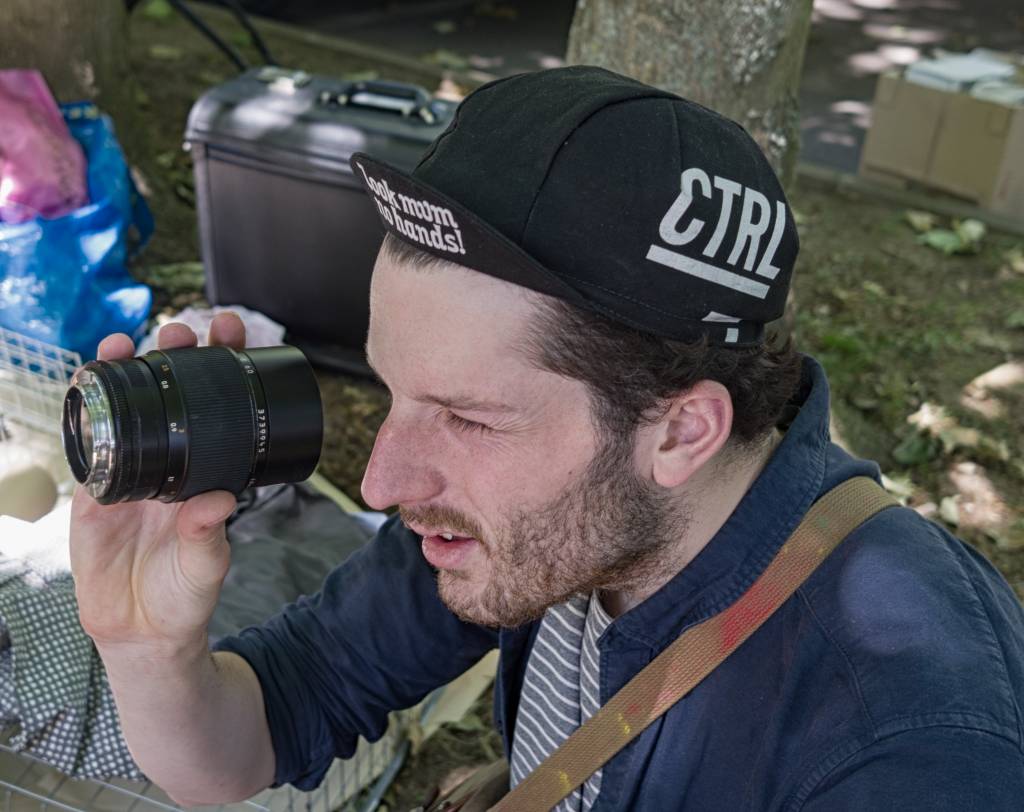




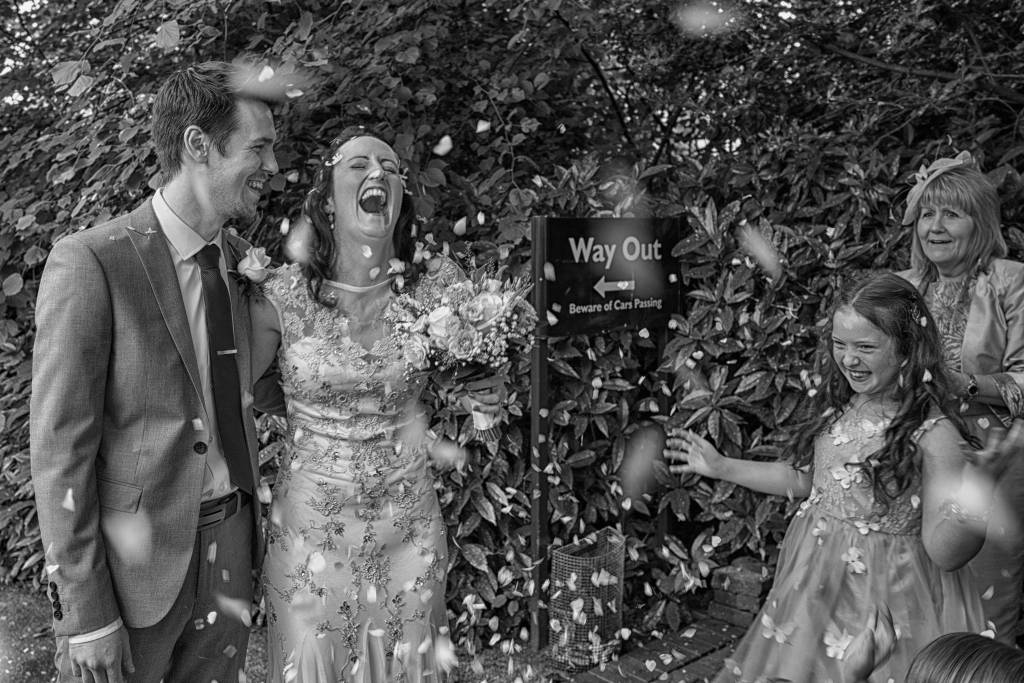
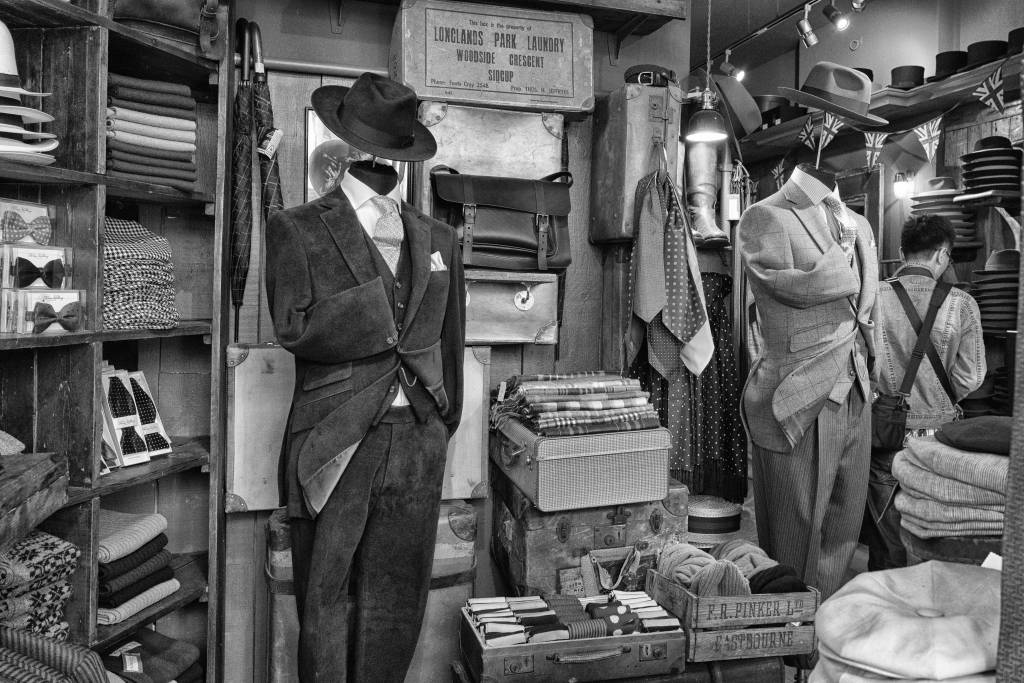
I will at some point step into the Q world – it seems to me a logical next step, as it will give me a better lowlight performance than my X. But my Df may get in the way of that throne. I just see the Q as an almost full frame X, with a better lens.
I would never give up my X, as its images are often cracking, it just a fairly pedestrian autofocus.
I hsd two M9’s then two M240s, followed by CL,TL2, SL (Which I Love) but throughout the absolute long term keeper for me has been my now relatively old X-Vario. My wife uses it more than me nowadays but I cannot see either of us ever parting with it as we feel ther is something special both about the X-Vario’s zoom lens stunning optical performance as well as this cameras resulting digital image files.
It also pleases me to note how the X-Vario is something of a rarity secondhand nowadays, and when or if ever one ever does come up for sale it usually fetches a far better price than any other comparable camera I can think off.
It’s another classic, I think, and it’s a pity I forgot to mention it in my article!
I absolutely adore the sister X typ 113 that I own. There is something about the look of the images it produces.
I’m still kicking myself for selling my M9 (bought used) just as the sensor corrosion thing was hitting the photographic press. Mine was fine, but I did hate the shutter mechanism, which sounded to my ear like a cheap clockwork toy
If I was looking for a collectible digital Leica I think I’d look for an X-Vario. A great idea and the image quality was/is spectacular.
having owned all three I am hard pressed to pick a favorite.
I started with the D2 (this was my 1st digital camera) while the images are still very good (I have gone back and re-developed the raw’s with 2021 technology)- I think it was my least favorite. It was HEAVY in my hand and started to leave it at home . I traded the D2 ultimately for the X1. I loved the X1. It rendered wonderful files in a small pocketable camera.
I traded the X1 for the lure of the full frame Q and the Summilux.
I do not think I will ever let the Q go. I may add a Q2M but I love my Q
Also a thank you from me, Mike. As you know from my article of April 2018, I am rock solid behind my rock solid D2 ! The viewfinder has never bothered me, and it is just one satisfying camera to use (or two, if like me you keep one in reserve!) But I should like to enter a classic plea for its older sibling, the Digilux 1. That only has a 4MP sensor. But there is something almost painterly about the images it produces (see also Thorsten von Overgaard’s review of 2002/2018), and it has the most ingenious collapsible hood for shielding the screen of any camera I know. So: I am waiting for spring to come to take them both out again.
Am also really interested in what you say about the Q – and surely the Whip-ma-whop-ma tea ladies will down in history. I like the photos I see coming out of the Q – yours and John Shingleton’s among others, but I don’t know how to convince myself that I could l live with the 28mm focal length. If I could, I’d go for the Q rather than Q2 – enough pixels for me.
I think most people have that first reaction to 28mm but I am now sold on the idea. I like it.
Me too.
I couldn’t really live with the 28mm focal length, either, so I got the 21mm wide-angle adaptor for the DL2 ..what a whopper, and what a weight ..but it gives me pictures I can get really involved in – for me, anyway!
The DL1 looked, or looks, like a piece of Lego ..like it’s going to squirt water when you press the shutter button! But its results – in *BRIGHT* light – are pretty good, even though it has that silly switch to swap between shooting and viewing.
I really would like to somebody from Leica to give us which is their best selling camera, no proprietary info just it’s th M or Q. As for myself I bought a used Q from Leica Miami, and right now I want another Q. My problem is which one. Leica Miamilike Tamarakin in CHICAGO, are great folks. Only thing I know about Digi 2 is from John S, article on his friend in Canada on the west side. There were two photos a lite phone booth and a leaf in a skylight that haunt me, I have tried to duplicate those 2 and been driving me nuts. Any way not many new Q’s left in US that I can find, and man is that Mono one hell of a camera. Thanks for this article.
Even back in its day I came to strongly dislike my Digilux 2. Found it disappointing in almost every way and most especially its awful electronic viewfinder, though I loved the vastly improved replacement the Digilux 3. So though I am not into collecting outdated digital cameras, if I were then the Digilux 3 would be the only one I could either recommend or would go for.
I’ve never used the Digilux 3 for some reason, and it doesn’t seem to feature in any of the usual articles. But I’m open to persuasion… I didn’t own the DL2 either when it first came out, but I bought a used one from Ivor after I’d read some appreciative articles.
The DL3 is the most useful of the three. It’s a ‘Four Thirds’ camera (predecessor of ‘micro four thirds’, with the same size sensor) which takes interchangeable lenses, from wide-angles to telephotos. And they’re great lenses! (There’s the Leica / Lumix 14-150mm, for instance, equivalent to 28-300mm, but small, light and compact.)
The silly switch on the previous two Digilux cameras – to switch between single-frame or multiple-frame shooting and then Playback! ..a cumbersome and time-wasting arrangement, with utterly unnecessary wear on the switch every time you wanted to see a photo you’d just taken – was changed on the DL3 to a sensible and simple Push-button for playback, and the ISO range now goes from 100 to 1600.
It’s much more like a ‘modern’ digital SLR ..so maybe that’s why few people bother to make mention of it. It was the first of the really sensible, or ‘modern’, Leicas ..which eventually led to the digital SL2.
That lens, too, has Optical Stabilisation ..so you could really use the 300mm end.
I agree with Don; it was the first ‘proper’ and really useful digital Leica (..or rather Panasonic in Leica clothing).
The DL3 was a 100% rebranded Lumix L1, which in turn was a re-housed Olympus E-330….. (which was the first ever Live View DSLR, of which that Big Gear Website said was a “solution looking for a problem”)
I’d consider the DL2 far more of a Leica than the DL3.
I only wish they bring a Q2-s like the SL2-s, with the new layout of buttons etc. I am liking that new James bond edition of q2 with brass lettering? But my old Mac isn’t good with many megapixels and I don’t need that many anyway.
Mike,
The link to the Short Review of the Digilux 2 contains a leading ‘[‘ which prevents it linking correctly!